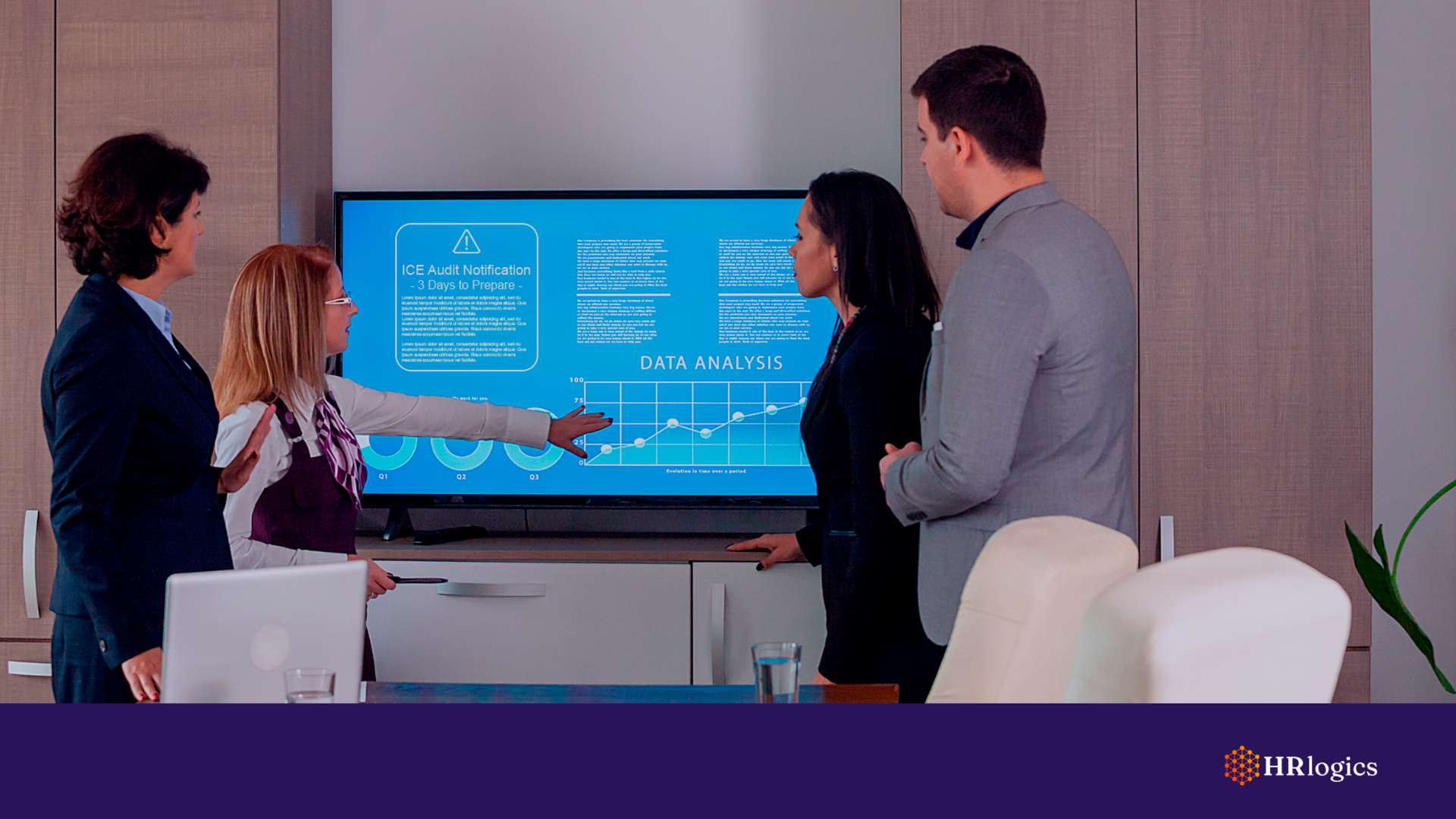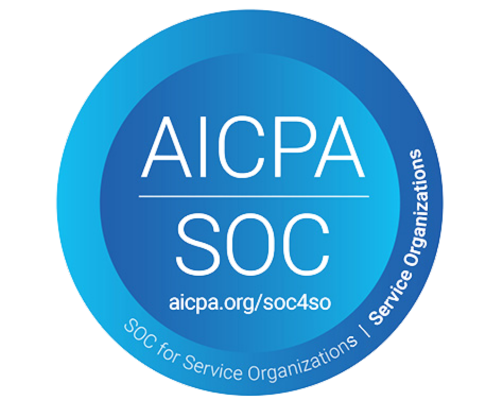Transparent Verifications | What Employees Expect from HR in 2025
Verification Demands Have Changed. Has Yours?
Data transparency is no longer a perk; it is a workplace expectation. In 2025, employees are demanding more visibility into how their employment data is handled, especially during verification processes. From mortgage approvals to job transitions, individuals want speed, accuracy, and control over what is shared and with whom.
The Risks of Hidden or Inconsistent Verification Practices
When employment verifications are handled manually, inconsistently, or without employee involvement, the result is confusion, delay, and often a lack of trust. Employees may not know what data is being released, who requested it, or if it was even shared accurately. This lack of transparency can damage the employee experience, especially in moments that matter, such as home purchases, visa renewals, or job applications.
Beyond frustration, hidden processes carry compliance risks. FCRA rules require employee consent before releasing employment data to a third party. If that step is missed or undocumented, the employer is exposed. In high-volume workforces, where dozens or even hundreds of requests are handled each month, these gaps are difficult to track. Manual workflows make audit trails harder to maintain and permissions easier to overlook.
For HR teams trying to build trust while staying compliant, visibility is not optional. It is essential.
Enabling Visibility and Control in Verification Processes
To meet rising expectations and reduce legal exposure, leading HR teams are shifting to employee-driven verification models. These models give employees real-time access to their own data and let them decide who can view or use it.
Best practices that support transparency include:
- Provide employees with access to a secure self-service portal
A digital hub lets employees view their employment details at any time, confirm accuracy, and feel confident before sharing them with others. - Require employee authorization for every third-party request
This protects the company from FCRA violations and reassures employees that no one can access their information without consent. - Send automated notifications when data is shared
Real-time alerts keep employees informed, reduce confusion, and prevent unnecessary disputes over what was sent and when. - Eliminate paper forms and email-based workflows
Standardizing verification through a centralized system improves recordkeeping and closes compliance gaps. - Train employees and HR teams on the process
Transparency only works when everyone understands how it works. Internal documentation and simple guides help reinforce best practices and build confidence in the system.
Shifting from a reactive model to a transparent, permission-based system not only improves employee trust but also positions the company for long-term compliance success.
How
Clear Verify Delivers Transparency with My Verify
Clear Verify’s My Verify platform transforms employment verifications by giving employees full control over their data while keeping HR in command of compliance and oversight.
- Secure employee access: Employees log in to a digital platform to view their own employment records, authorize verification requests, and receive real-time access notifications.
- FCRA-compliant permissions: Every verification requires employee approval. Each step is logged, auditable, and fully compliant with federal regulations.
- Less manual work for HR: No more chasing down approvals or fielding emails. HR gains oversight without needing to manage every request directly.
- Employee empowerment: Individuals maintain control over their own data, giving them greater trust in the verification process.
- HR confidence through accountability: Every verification is documented, traceable, and protected, ensuring both accuracy and compliance at scale.
Turn Transparency Into a Competitive Advantage
In today’s workplace, employees expect more than a paycheck. They expect clarity, control, and confidence in how their personal information is managed. For HR teams, that means building verification processes that are not only efficient but transparent.
Clear Verify makes this shift easy. By giving employees access to their data and control over who sees it, HR teams can reduce workload, lower compliance risk, and build trust where it matters most.
Employees expect transparency. Clear Verify delivers it.
See how Clear Verify turns transparency into trust.






